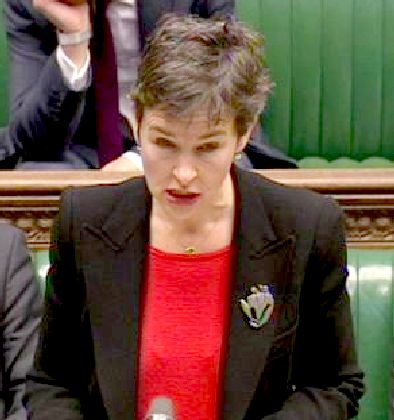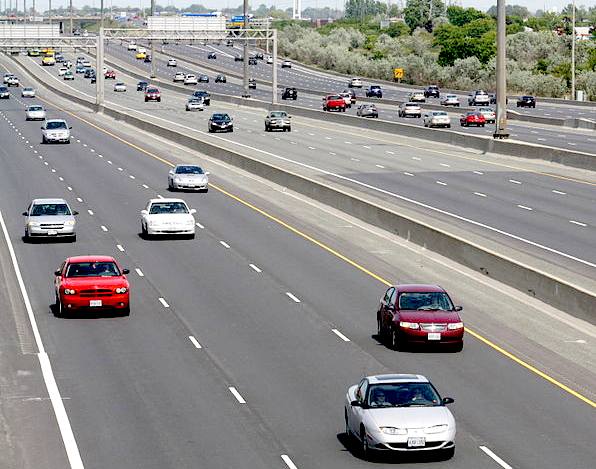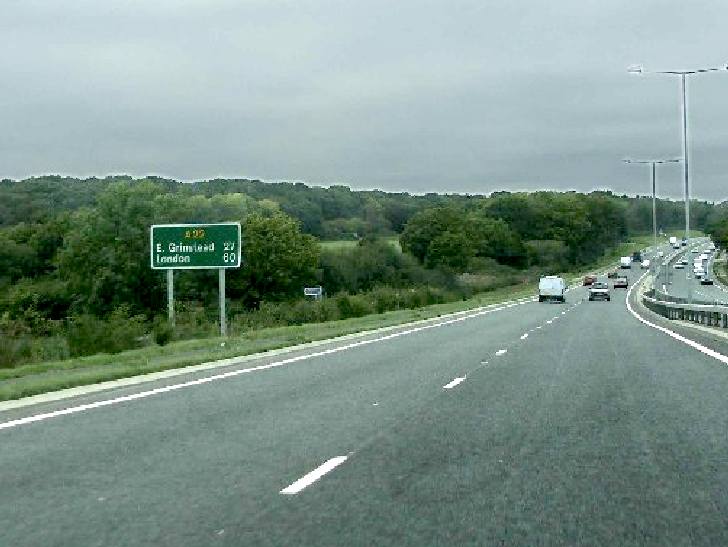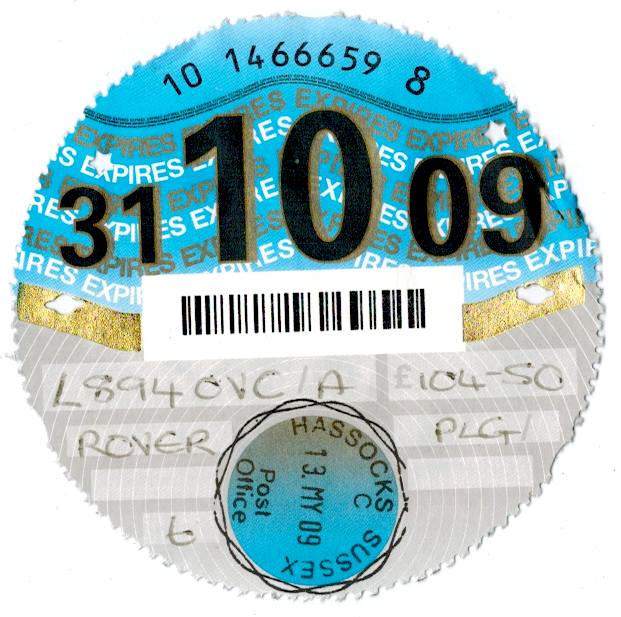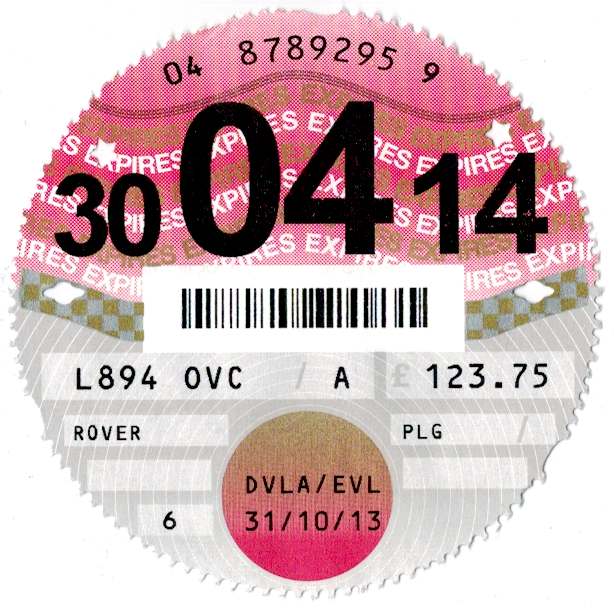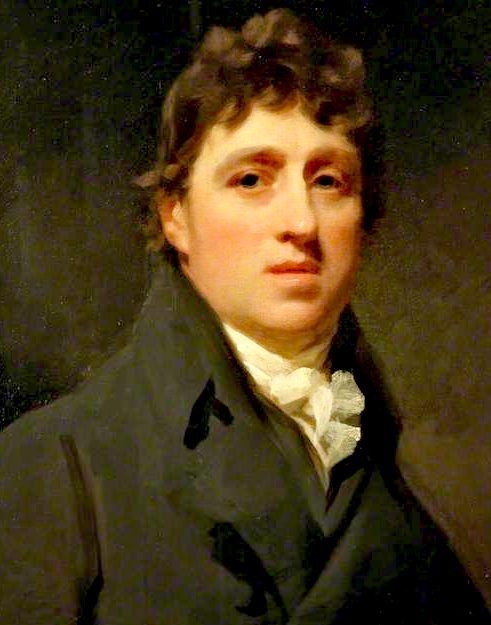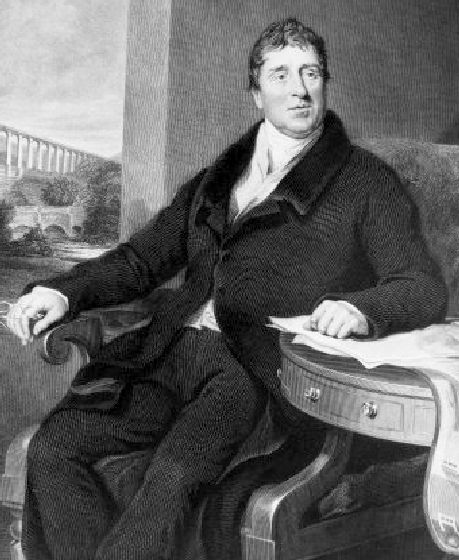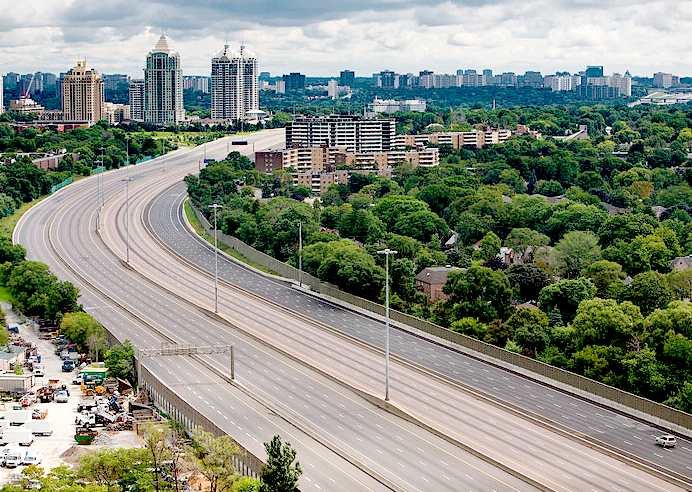|
ROADS
|
|||||||||||||||||||||||||||||||||||||||||||||||||||||
|
ECOSTAR DC50 LINKS A-Z INDEX
Traffic congestion is an international problem. This is a jam in Moscow.
DAILY MAIL 14 MAY 2014
Get used to driving at 40mph on the motorway': Roads boss warns drivers their morning commute is only going to get 'slower and slower'
* Chief executive of
Highways Agency says motorway are becoming slower
Drivers must get used to
traveling at just 40mph on motorways, the official in charge of Britain’s roads has warned.
Shadow Environment Secretary Mary Creagh says people will be shocked to hear that 40 mph is the best drivers can hope for on some motorways
Mary Creagh, Labour’s transport spokesman, said: ‘People will be shocked to hear that 40mph is the best drivers can hope for and shocked by ministers’ complacency.
Highway 410 carrying a nicely un-congested mix of vehicles - well planned
WHAT IS A ROAD?
A road is a thoroughfare, route, or way on land between two places, which has been paved or otherwise improved to allow smoother (more efficient) travel by an animal or vehicle. Roads consist of one, or sometimes two, roadways (British English: carriageways) each with one or more lanes and also any associated sidewalks (British English: pavement) and road verges. Roads that are available for use by the public may be referred to as public roads or highways.
Roads
were first used for horses, oxen and humans carrying goods over dirt tracks. As commerce increased, the tracks were often flattened or widened to accommodate the activities.
The invention of the wheel was preceded by the use of logs as rollers. Early stone-paved roads were built in Mesopotamia and the Indus Valley Civilization. The Persians later built a network of Royal Roads across their empire.
The A22 from Eastbourne to London's M25 is a typical dual carriageway in the south of England.
ROAD TAX
It is our belief that everyone should be able to enjoy the use of public highways at an affordable rate. The funding for the building of roads is typically by the state, but sometimes privately. State building of roads is funded by taxes. In the UK this is called "Road Tax" for which you will receive a "Road Fund Licence." Although the usual disc is due to be phased out.
The condition of a nations roads is indicative or their economic performance. Conversely, the road network, or transport system is a means to improve trade and travel generally. In the UK as at May of 2014, the roads are in a generally poor state of repair. There are potholes on major and minor roads that are in our opinion dangerous in terms of causing accidents and harmful in terms of causing damage to vehicles.
Road fund license tax discs in blue and pink. Note that the rate of increase of duty between 2009 and 2014 is £22.00 - a rise of £4.00 a year for what? Is it not breach of contract if an organisation takes money but fails to deliver the goods! These discs are due to be phased out where computer records now tell the authorities instantly is a vehicle is taxed of not.
The reason for this is that less the 10% of our road tax is wasted by our government on other administrative issues - where the economy has not been sustainable for many years, leading to a huge national debt. There is nothing that we can do about that, save to mention our concerns and hope that politicians see the light. It would have been safer for the consumer, not to give control over roads and funding to the state, who would be bound to abuse the income stream. Roads and taxes/licensing (or other method of contribution) would have been much more affordable if it was a private and non-profit making social institution for motorists.
There are multiple paths and competing modes for both personal and freight (road, rail, air, ferries). Induced demand can result in increased on decreased transport levels when road provision is increased by building new roads or decreased by not maintaining the existing infrastructure.
Thomas Telford
THOMAS TELFORD
Thomas Telford FRS, FRSE (1757–1834) was a Scottish civil engineer, architect and stonemason, and a noted road, bridge and canal builder. After establishing himself as an engineer of road and canal projects in Shropshire, he designed numerous infrastructure projects in his native Scotland, as well as harbours and tunnels. Such was his reputation as a prolific designer of highways and related bridges, he was dubbed The Colossus of Roads, and, reflecting his command of all types of civil engineering in the early 19th century, he was elected as the first President of the Institution of Civil Engineers, a post he retained for 14 years until his death.
DEFINITIONS
Highway 410, Ontario - deserted
UNITED
STATES v CHINA
The United States has the largest network of roads of any country with 4,050,717 miles (6,518,997 km) as of 2009.
The People's Republic of China is second with 3,583,715 kilometres (2,226,817 mi) of road (2007). When looking only at expressways the National Trunk Highway System (NTHS) in China has a total length of 45,000 kilometres (28,000 mi) at the end of 2006, and 60,300 km at the end of 2008, second only to the United States with 90,000 kilometres (56,000 mi) in 2005.
The Republic of India has the third largest road system in the world with 3,383,344 kilometres (2,102,312 mi) (2002).
The Federative Republic of Brazil has the fourth largest road system in the world with 1,751,868 kilometres (1,088,560 mi) (2002).
UNITED
KINGDOM
Construction of a road for heavy traffic
FORWARD PLANNING - TRANSPORT ENGINEERING
Transport engineering is the application of scientific principles to the planning, functional design, operation and management of facilities for transportation to provide for the safe, efficient, rapid, comfortable, convenient, economical, and environmentally compatible movement of people and goods (transport).
The planning aspects of transport engineering relate to urban planning, and involve technical forecasting decisions and political factors. Technical forecasting of passenger travel usually involves an urban transportation planning model, requiring the estimation of trip generation (how many trips for what purpose), trip distribution (destination choice, where is the traveler going), mode choice (what mode is being taken), and route assignment (which streets or routes are being used). More sophisticated forecasting can include other aspects of traveler decisions, including auto ownership. Passenger trips are the focus of transport engineering because they often represent the peak of demand on any transportation system.
Transportation engineering, as practiced by civil engineers, primarily involves planning, design, construction, maintenance, and operation of transportation facilities. The design aspects of transport engineering include the sizing of transportation facilities (how many lanes or how much capacity the facility has).
Before any planning occurs the Engineer must take what is known as an inventory of the area or if it is appropriate, the previous system in place. This inventory or database must include information on (1)population, (2)land use, (3)economic activity, (4)transportation facilities and services, (5)travel patterns and volumes, (6)laws and ordinances, (7)regional financial resources, (8)community values and expectations.
Operations and management involve traffic engineering, so that vehicles move smoothly on the road or track. Newer technologies involve intelligent transportation systems. Human factors are an aspect of transport engineering, particularly concerning driver-vehicle interface and user interface of road signs, signals, and markings. These (software) details should not cloud the basic need for roads (hardware) but so often academics get bogged down in details such that they miss the main objectives - and that is one reason there is no planned infrastructure for electric vehicles - at national or international level.
HORIZON 2020 - TRANSPORT RESEARCH & INNOVATION
Horizon 2020 is the European Commission’s proposal to generate ideas, growth and jobs through the world’s largest collaborative programme for research and innovation (2014-2020).
In the transport sector, the Commission will strive for a balanced approach in implementing the programme that takes into account the specifics of each mode (rail, road, waterborne and air transport) while remaining holistic; an approach which reconciles competitiveness with sustainability and which invests both in technology and in relevant socio-economic research.
The four main priorities for transport research under Horizon 2020 are:
3.
Keeping transport competitive: the European transport industry as a global leader. 4.
Making transport research responsive: socio-economic research and forward-looking activities for policy-making.
Horizon and Technology Strategy Board grants are thus sweeteners for academia and large corporations, but do nothing to foster sole traders and independent entrepreneurs - which is where many of the freshest ideas come from.
LINKS
Get-used-driving-40mph-motorway-Roads-boss-warns-drivers-morning-commute-going-slower-slower http://en.wikipedia.org/wiki/Highway_engineering http://en.wikipedia.org/wiki/Transport_engineering http://en.wikipedia.org/wiki/Traffic_congestion http://en.wikipedia.org/wiki/Road_transport http://en.wikipedia.org/wiki/Thomas_Telford http://en.wikipedia.org/wiki/Road MOT test stations: http://www.southernco.co.uk/ http://horizon2020projects.com/sc-transport-interviews/storing-energy-in-horizon-2020/ http://ec.europa.eu/programmes/horizon2020/en/ http://ec.europa.eu/transport/themes/research/horizon2020_en.htm http://www.agnimotors.com/site/ http://www.wired.com/autopia/2012/09/formula-e/ http://www.telegraph.co.uk/finance/The-electric-cars-of-the-future.html http://en.wikipedia.org/wiki/Pendine_Sands http://en.wikipedia.org/wiki/Bluebird_Electric_2 Transport_engineering - Traffic_congestion - Road_transport Thomas_Telford - Road - Highway_engineering
The Blue Bird World Cup trophy is awarded to the team that accrues the most points in a given time frame against the Cannonball International ZEV Run series, the rules of which are HERE.
ENERGY GENERATING-DISTRIBUTION UTILITIES
|
|||||||||||||||||||||||||||||||||||||||||||||||||||||
|
This
website is Copyright © 2014 Bluebird Marine Systems Limited.
The names Bluebird™,
Ecostar DC50™, Utopia Tristar™
and the blue bird in flight
|
